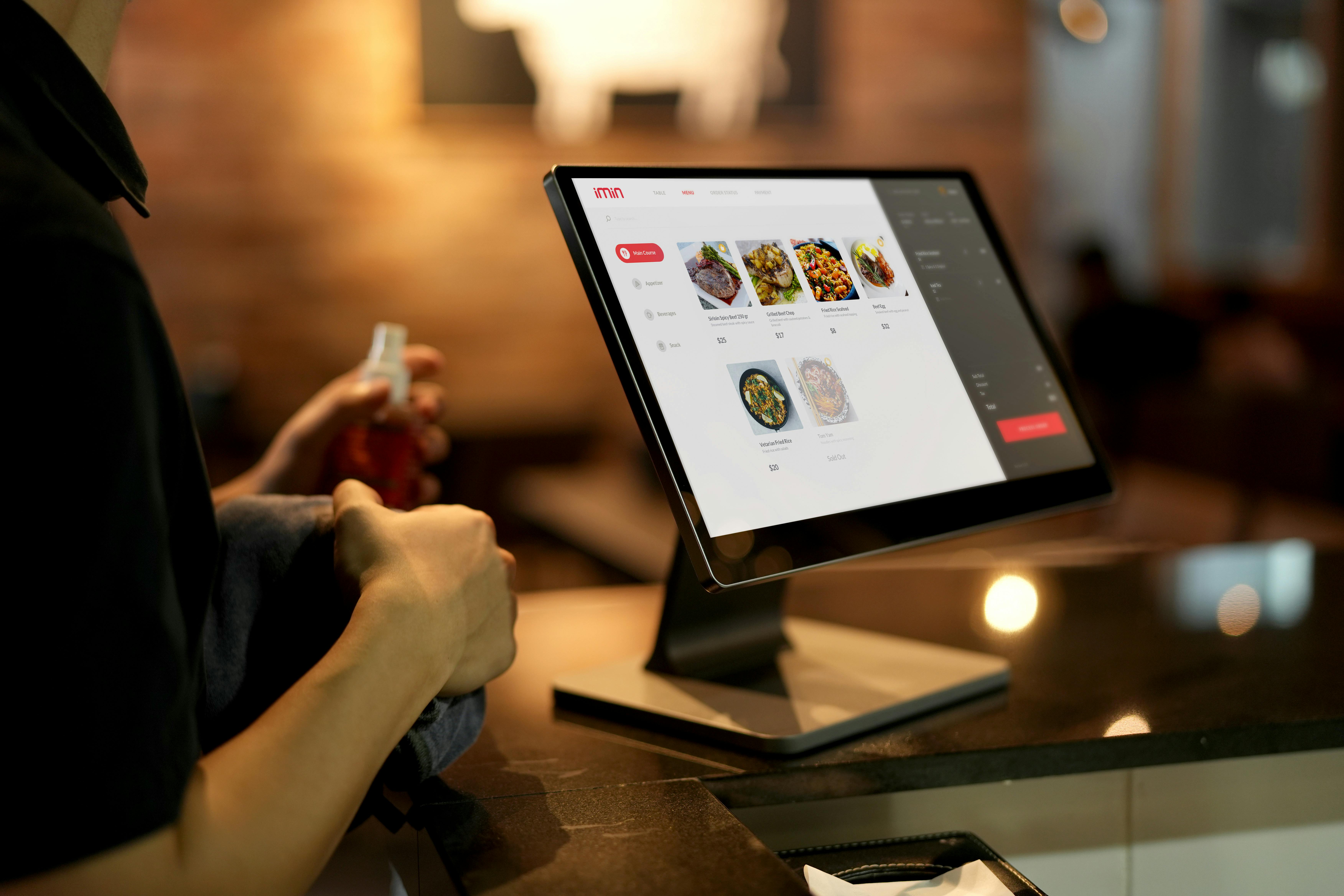Bytes on the Streets: The AI-Fueled Future of Local Flavors
AI is transforming street food, helping vendors predict demand, personalize menus, and enhance safety. This blend of tradition and tech promises smarter operations and richer culinary experiences, ensuring local flavors thrive in an innovative, tasty future for all.

Eating street food has always been important to us. It tastes good, doesn’t cost much, and gathers people. Spicy Indian chaat is different from Mexican tacos and each street food reflects the culture of its country. Lately, another factor has been introduced to this mix: Artificial Intelligence (AI).
AI which was previously just for big companies and labs, can now be found in food stalls and carts. Because of this new combination of food and technology, both our dining habits and how vendors prepare and serve dishes are changing.
Let’s discuss how AI is bringing changes to street food.
The Street Food Culture: From Tradition to Innovation
Street food is more than just quick snacks. It’s a part of local culture. It represents traditions, family recipes, and regional ingredients. Many vendors have been in the business for years, often learning from their parents or grandparents. The process was simple: cook, sell, and smile.
But in today’s digital world, even traditional street food sellers are exploring tools like video translators to reach more customers. This has pushed some street vendors to look for smart solutions. And this is where AI comes in, not to replace tradition, but to improve it.
How AI Is Changing the Game
AI helps make smart decisions using data. In street food, this means vendors can:
Predict What People Want to Eat
With AI tools, vendors can look at what dishes sell the most during lunch or dinner. AI can also tell which days are busy and what customers like most. This helps vendors prepare the right amount of food and avoid waste.
Create Better Menus
Some apps powered by AI can suggest new recipes based on what people enjoy or what’s trending. If a lot of people in an area like spicy food, AI can suggest spicier versions of classic dishes.
Use Smart Pricing
AI can also help vendors set prices that are fair but still earn profit. For example, during festivals, when demand is high, prices can go up slightly. On quiet days, AI may suggest lower prices or combo offers to attract more customers.
Improve Hygiene and Safety
AI tools can remind vendors to clean tools regularly, store food properly, and follow safety rules. Some AI-powered cameras can even alert vendors if something’s not clean or if food is burning.
The Role of Analytics in Flavor Creation
Taste is personal, but AI can help find patterns in what people enjoy. Here’s how:
-
Review Analysis: AI reads online reviews and social media posts to understand what people like or dislike about certain foods. This feedback helps vendors improve their recipes.
-
Personalized Food: Some advanced stalls use AI to remember repeat customers and offer personalized dishes, like less spicy or extra crunchy based on past orders.
-
Local Ingredient Use: AI tools help vendors find seasonal and local ingredients that can reduce costs and increase freshness.
Example: A vendor in Bengaluru used an AI app to track which dishes people gave the best reviews. They found that their “Masala Maggie” was most loved when cooked slightly crispy, something they didn’t notice earlier!
Challenges in AI Adoption
Even though AI sounds amazing, it’s not easy for every street vendor to use it. Here are some common challenges:
-
Cost: Buying smart tools or AI apps can be expensive for small vendors.
-
Learning Curve: Many vendors may not be trained to use smartphones or digital tools.
-
Internet Needs: AI tools often need the internet, which may not always be available on the street.
-
Fear of Change: Some vendors are afraid that using AI will change the taste or feel of their food.
Governments and local tech startups can help by offering low-cost tools, training sessions, and AI tools in local languages to make things easier.
Exploring What’s Cooking in Tomorrow’s Kitchens
In the future, AI could do even more for street food:
AI Food Carts
Imagine a cart that cooks and serves food by itself using AI robots. This may sound futuristic, but some versions are already being tested in cities like Tokyo and San Francisco.
Sustainable Cooking
AI can suggest recipes that use leftover ingredients, reducing food waste. It can also track how much energy is being used and suggest eco-friendly options.
Voice Ordering in Local Languages
Soon, customers may be able to speak their order in any language, and an AI system will understand and place the order instantly, even at a roadside stall.
Hyperlocal Delivery
AI can match customers to the closest food cart, cutting delivery time and keeping the food hot and fresh.
Conclusion
Street food is going through a smart transformation. With the help of AI, vendors can serve better food, waste less, and grow their businesses. While challenges remain, the future looks tasty, and tech-savvy.
AI isn’t here to take away the heart of street food. Instead, it adds new tools to help vendors keep their traditions alive while meeting modern needs. As we move forward, don’t be surprised if your favorite momos or vada pav come with a touch of AI magic, still hot, still fresh, but now a little bit smarter.







